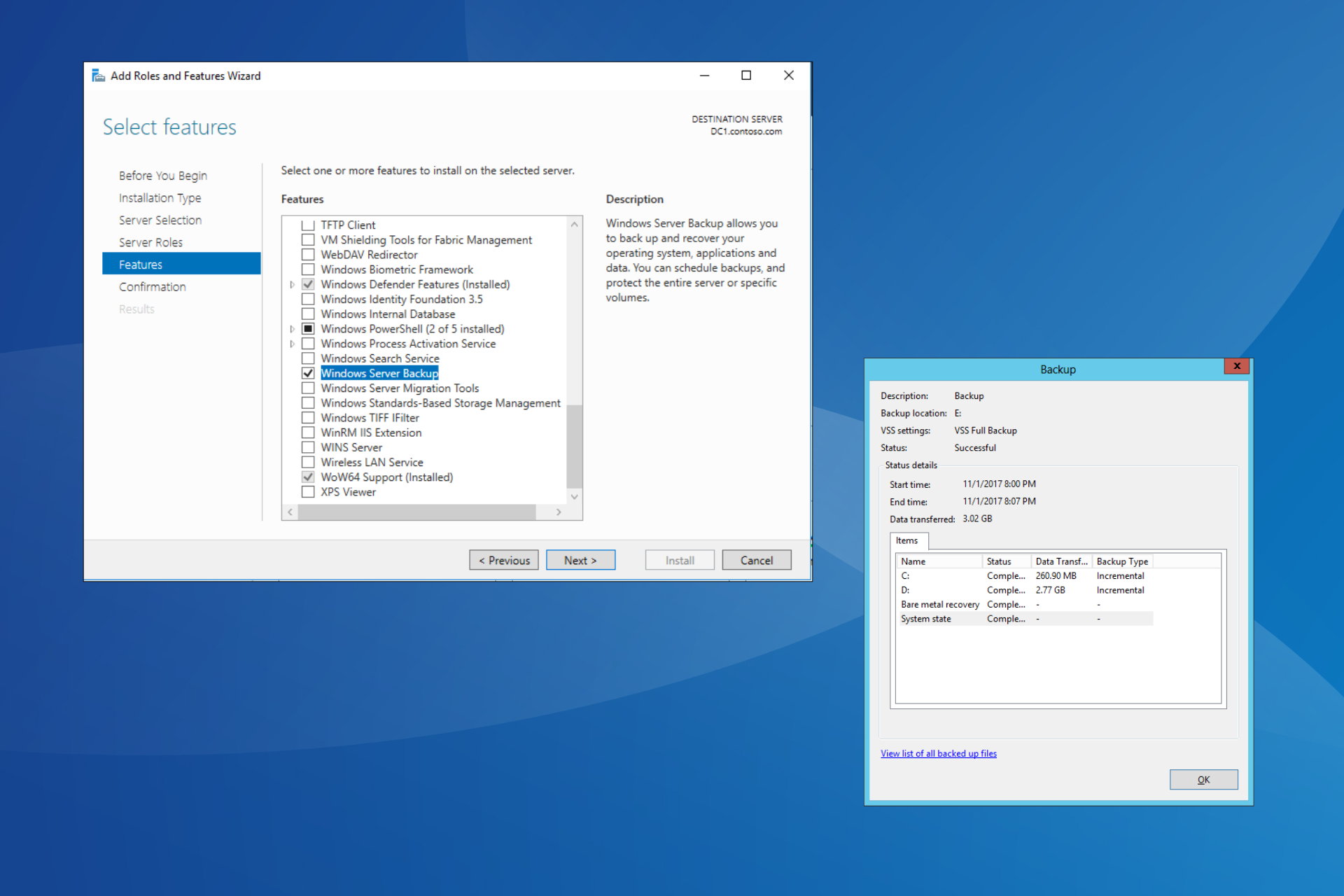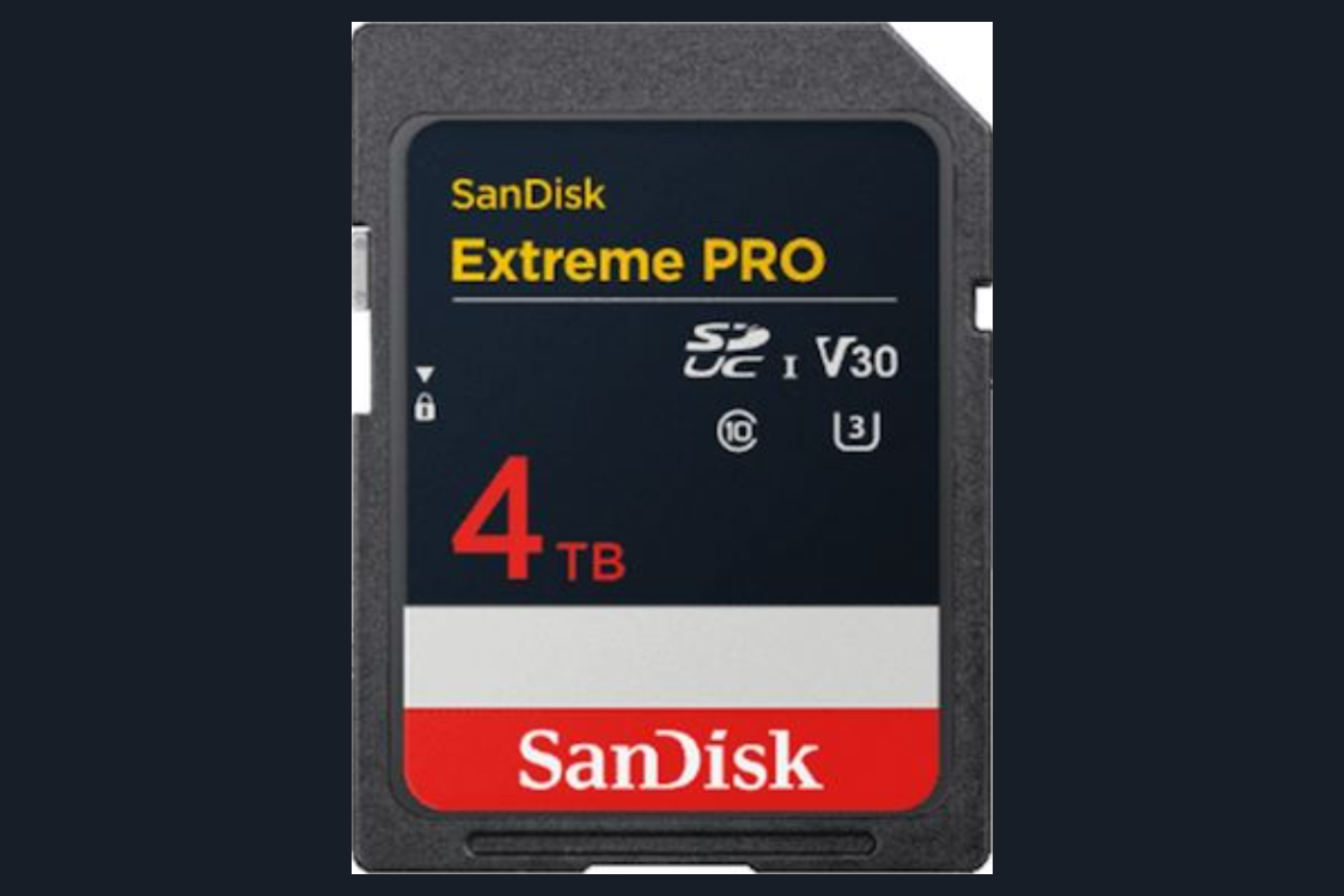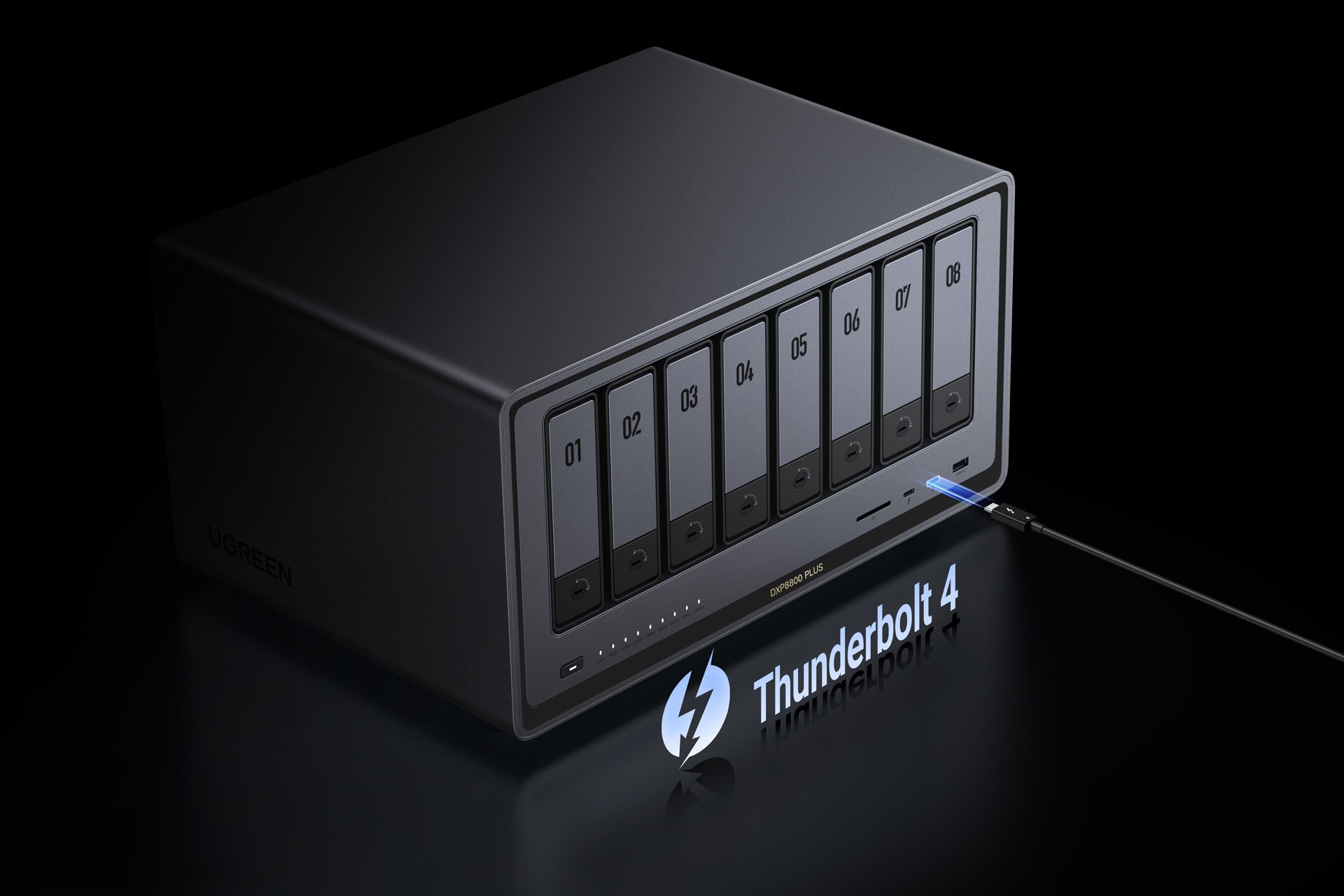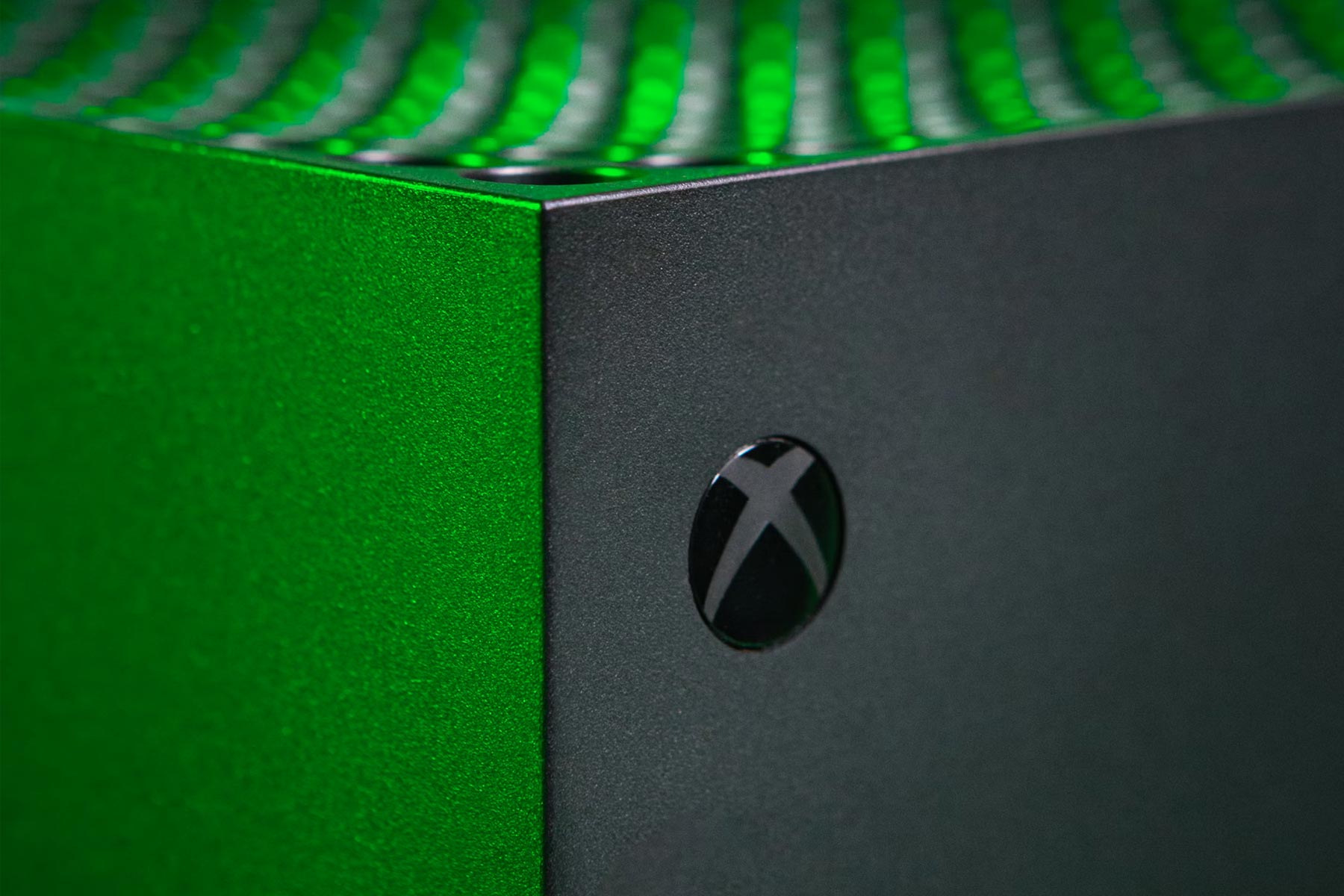RAID 0 vs RAID 1: Differences & When to Use Each Level
By using RAID you can get better performance and data reliability
5 min. read
Published on
Read our disclosure page to find out how can you help Windows Report sustain the editorial team Read more
Key notes
- RAID 0 offers better performance and higher read speed on your PC.
- For reliability, use RAID 1 since it mirrors data from one drive to another.
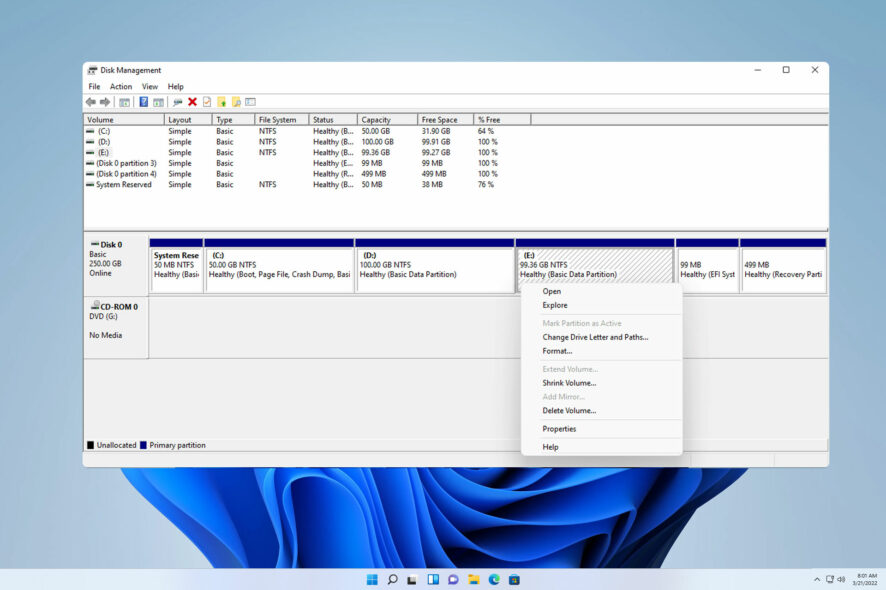
There are different types of RAID each with its benefits and flaws, and in order to better understand them, in today’s guide we’ll take a closer look at RAID 0 vs RAID 1.
These two technologies use different principles, and we’ll analyze the speed and reliability of each system and help you find the right choice for you.
Advantages & disadvantages of RAID 0 & RAID 1
RAID 0
What is RAID 0?
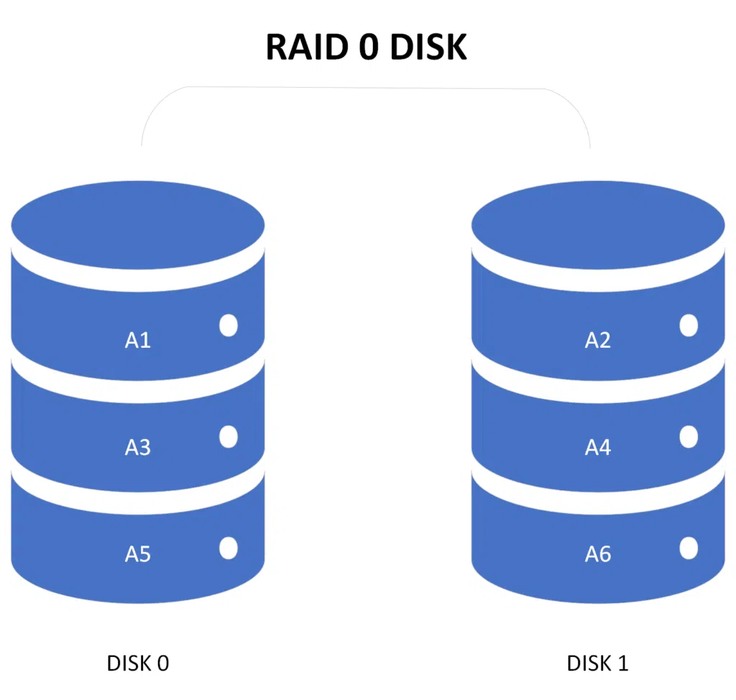
RAID 0 is a storage virtualization technology that uses disk striping functionality to split the files into blocks and distribute them across all drives in the array.
Fault tolerance in RAID 0
By distributing files as blocks across multiple drives, it has zero fault tolerance. This means that if any drive in the RAID array fails, all blocks on that drive will become unrecoverable and they can’t be used to read or write files.

Benefits of using RAID 0
- It offers great performance for both read and write operations.
- With RAID 0 all capacity is utilized and there is no overhead.
- Easy to implement.
When to use RAID 0 vs. other levels?
RAID level 0 can be used in systems that require very high read and write speeds. It can be used for the following purposes:
- Video editing – in order to quickly load large files.
- Gaming – it can improve loading time for some games.
- Storing of temporary files – If you need to quickly access the cache, RAID 0 might be a great option for you.
RAID 1
What Is RAID 1?
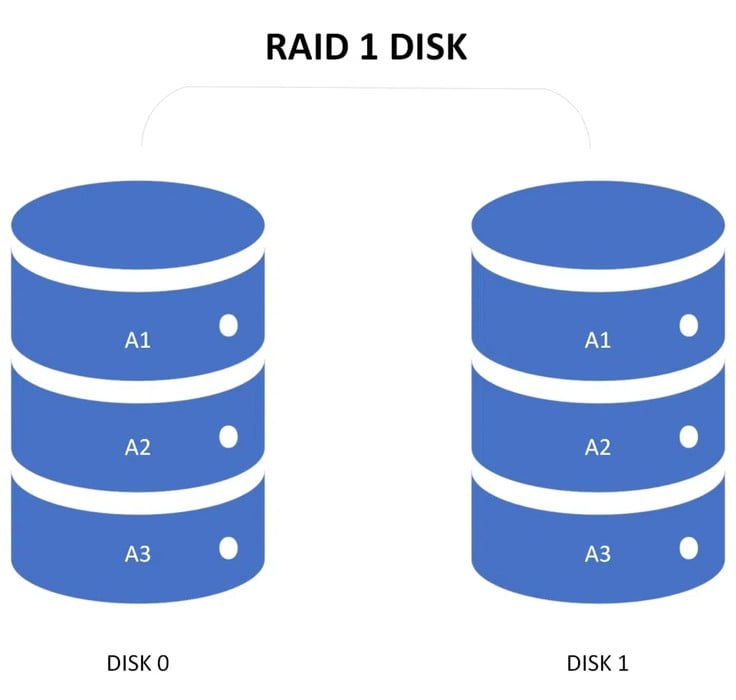
Similarly to RAID 0, RAID 1 is a storage virtualization technology that uses a mirroring feature. Thanks to this feature, all data from a single drive is copied automatically to the second one.
Fault Tolerance in RAID 1
RAID 1 offers fault tolerance because it copies all data from a single disk to another one, so even if a drive failure occurs, you can continue using the second drive.
The only way for data loss to happen is for both drives to fail, which is pretty unlikely to occur. To make your data even safer, you can add an additional drive to RAID 1, so you can have two backups.
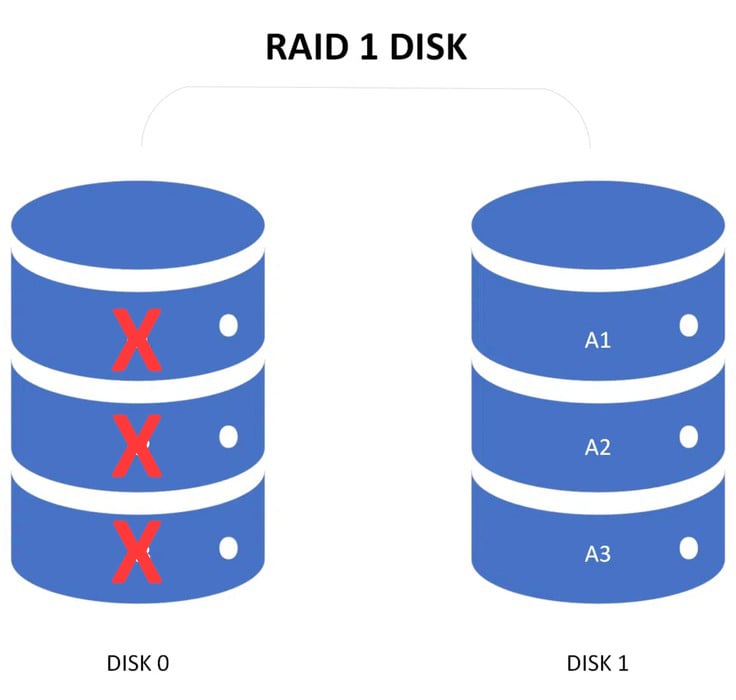
Benefits of Using RAID 1
- It offers read and write speed as a single drive, so you won’t notice any performance issues.
- Offers an exact duplicate of your files, so even if the primary drive fails, all your data will be preserved.
- It’s simple to use.
When to use RAID 1 vs. other levels?
You should use RAID level 1 in systems that require data availability. Some of the main usage cases include:
- Business servers – If you have a file or email server for a small business, RAID 1 is a perfect choice to prevent file loss.
- Operating system drives – In case you’re running a workstation or a server, backing up your data with RAID 1 will minimize the downtime time and chance of data loss.
- Backup – RAID 1 is a perfect backup choice for both personal and business users since it copies all your files to the second drive.
Differences Between RAID 0 & RAID 1
Storage capacity differences
- RAID 0 combines the capacity of both drives since it distributes data across both disks.
- RAID 1 offers only the full capacity of a single, or smaller, hard drive, meaning you’ll have less disk space to work with.
- This means that RAID 1 allows you to use only half of the maximum storage capacity on your PC since the other half is dedicated to backup.
Disk failure differences
- RAID 0 offers no protection against disk failure. If one drive fails, the entire array fails, and the data on both drives is permanently lost.
- RAID 1 offers full redundancy since it mirrors data from one drive to another. Even if one drive fails, the other will keep all your data intact.
Which one should I use?
The RAID configuration depends primarily on your needs and whether you need performance or reliability:
- RAID 0 is cheaper, and it offers full capacity while providing you with a performance boost.
- RAID 1 is more expensive since there’s only 50% of the usable storage capacity.
- Despite providing a performance boost, RAID 0 doesn’t offer any disk failure protection, meaning that if one drive fails, the data on the other drive is unrecoverable.
- The advantage of RAID 1 is disk mirroring, so you can rest assured that all your data is safe, even if one drive fails.
Our choice would be RAID 1 since we prefer having a reliable backup, but if your configuration requires high read and write speeds, RAID 0 might be a better option.
This is everything you need to know about RAID 0 and RAID 1, and each of them has its benefits and drawbacks. As previously stated, we prefer RAID 1, and if you want to use it, we have a guide on how to configure RAID 1 on Windows 11.
You can also use external hard drives in RAID, but if this setup process seems too complicated, there is various RAID software available that will make setting up RAID a breeze.
Have you ever used either of these RAID options? Share your experience with us in the comments section below.

